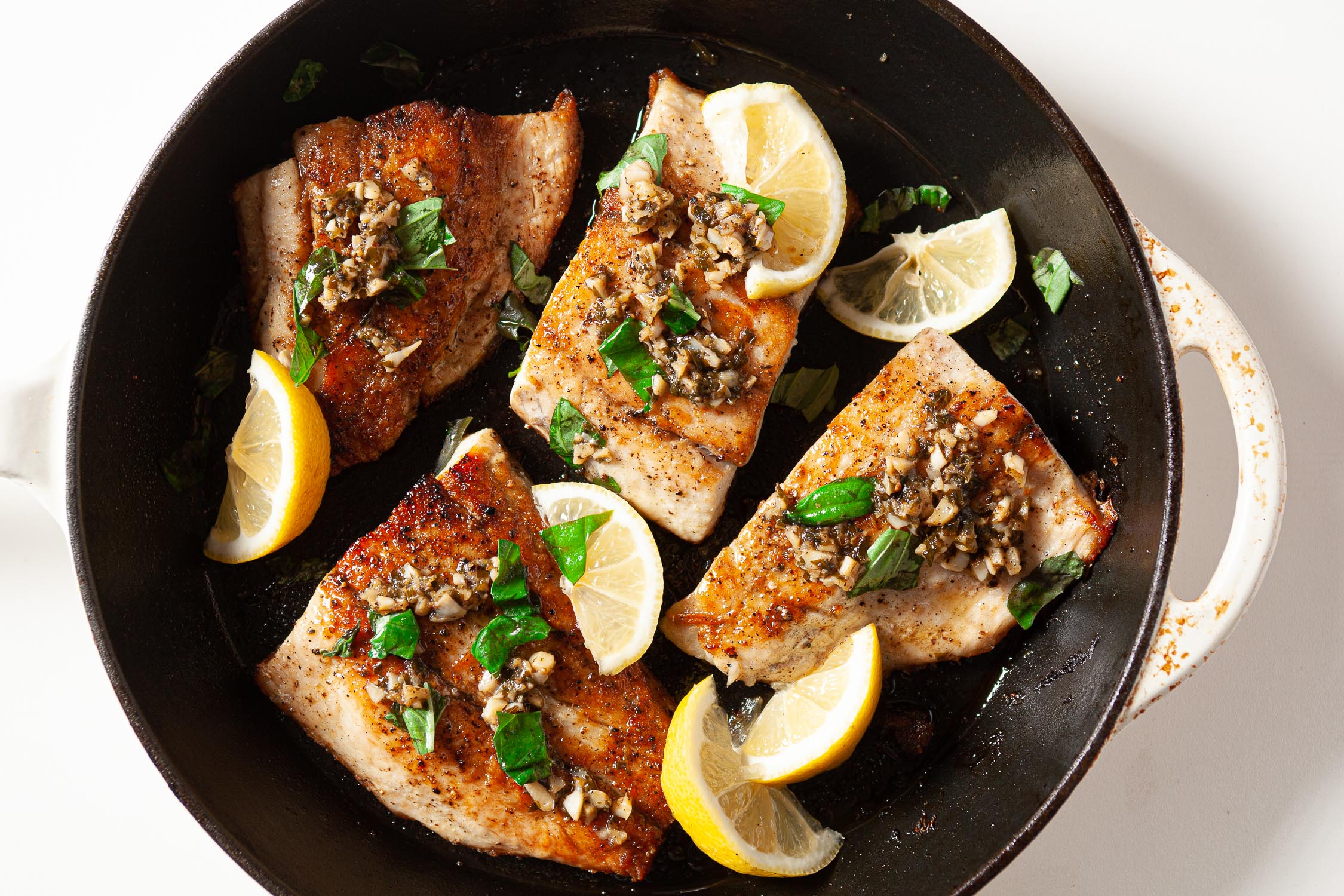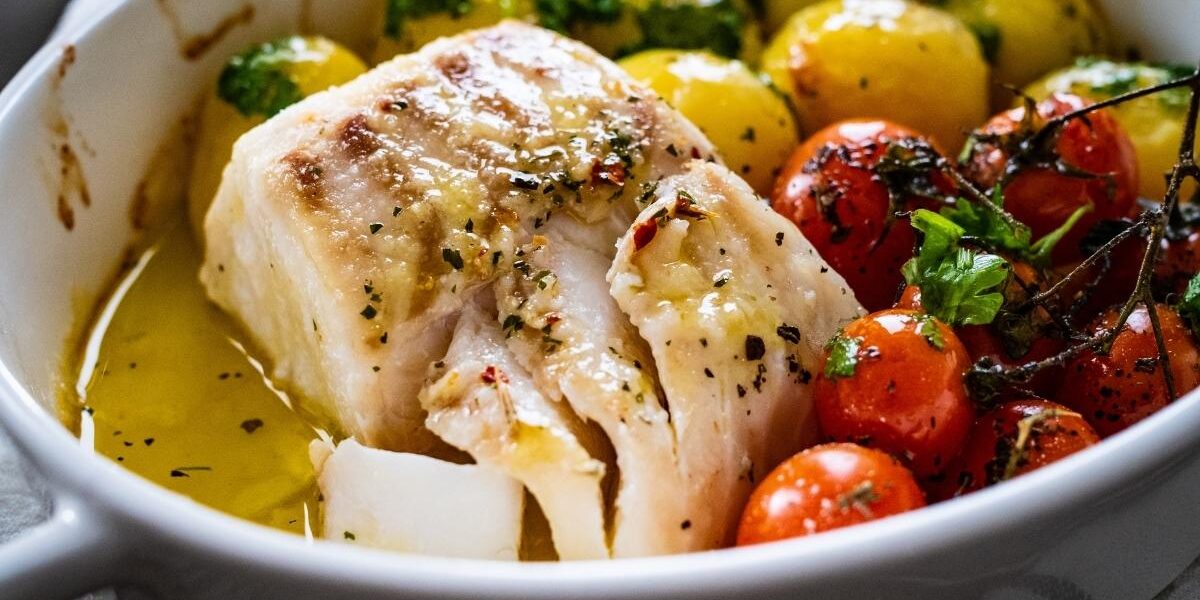Barramundi, often referred to as Asian sea bass, is more than just a fish; it’s a culinary star in the world of seafood. Known for its buttery flavor, delicate texture, and versatile cooking possibilities, barramundi is not only a favorite among chefs and food lovers but also a beacon of sustainability in the aquaculture industry. This article delves into the unique aspects of barramundi, celebrating its culinary qualities and emphasizing its role in eco-friendly fishing practices.
The Rise of Barramundi: A Culinary Favorite
Barramundi has carved a niche for itself across various cuisines thanks to its mild, sweet flavor and meaty texture. This fish is particularly popular in Australia, Southeast Asia, and increasingly in the United States, where it is prized for both its taste and its adaptability in recipes ranging from simple grills to complex curries.
Nutritional Profile of Barramundi
One of the many reasons for the growing popularity of barramundi is its impressive nutritional content. Rich in protein, omega-3 fatty acids, and essential vitamins, barramundi offers a healthy alternative to more traditional fatty fish. Its high omega-3 content, comparable to that of salmon, makes it an excellent choice for heart health, brain function, and inflammation reduction.
Culinary Versatility
The appeal of barramundi in the kitchen lies in its versatility. Its skin crisps up beautifully, providing a delicious contrast to the flaky, moist flesh that works so well with a myriad of flavors and ingredients. Whether it’s steamed, grilled, fried, or baked, barramundi retains its distinctive texture and absorbs flavors wonderfully, making it a go-to fish for both home cooks and professional chefs.
Sustainable Practices in Barramundi Farming

Sustainability is perhaps one of the most compelling aspects of barramundi cultivation. As concerns over overfishing and environmental sustainability continue to grow, barramundi emerges as a responsible choice.
Eco-Friendly Aquaculture
Barramundi is predominantly farm-raised in recirculating aquaculture systems, which are designed to minimize environmental impact. These systems reuse water by filtering it, thus reducing the consumption of this resource and ensuring that the surrounding ecosystems are not disrupted by the farming process. Furthermore, the feed used in barramundi farming is often sustainably sourced, contributing to an overall reduction in the ecological footprint of this industry.
Economic Benefits
The farming of barramundi also offers significant economic benefits to local communities, particularly in places like Australia and Southeast Asia. It creates jobs in rural areas where employment opportunities may be scarce and contributes to a growing sector of the aquaculture industry that prioritizes environmental and economic sustainability.
Cooking with Barramundi: A Guide to Unleashing Its Flavor
To fully appreciate barramundi, one must know how to prepare it in a way that highlights its natural flavors and textures. Here are some tips and a simple recipe to get started.
Tips for Preparing Barramundi
- Skin-On Cooking: Cooking barramundi with the skin on helps keep the flesh moist. Plus, the skin itself can be seasoned and crisped up for added texture.
- Minimal Seasoning: Due to its mild flavor, barramundi benefits from light seasonings. Simple herbs, spices, and a splash of lemon are often enough to enhance its natural taste without overpowering it.
- Avoid Overcooking: Like many fish, barramundi is best enjoyed when not overcooked. The flesh should be opaque and should flake easily with a fork.
Simple Grilled Barramundi Recipe

Ingredients:
- 4 barramundi fillets, with skin
- 2 tablespoons olive oil
- Salt and freshly ground black pepper
- Lemon wedges, for serving
- Fresh herbs (such as dill or parsley), finely chopped
Instructions:
- Preheat Grill: Heat your grill to a medium-high setting.
- Prepare the Fish: Brush both sides of the barramundi fillets with olive oil and season generously with salt and pepper.
- Grill the Fish: Place the fillets skin-side down on the grill. Cook for about 4-5 minutes on each side, or until the skin is crisp and the flesh flakes easily.
- Serve: Remove from the grill and squeeze fresh lemon juice over the fillets. Sprinkle with fresh herbs before serving alongside a fresh salad or your choice of sides.
The Future of Barramundi
Looking ahead, the potential for barramundi as a key species in sustainable aquaculture is immense. With ongoing improvements in farming practices and an increasing focus on environmental stewardship, barramundi is set to play a pivotal role in meeting the global demand for seafood without compromising the health of our planet’s oceans and rivers.
Barramundi Dishes Delights
Barramundi is not just a delicious and nutritious choice for any meal; it also represents the future of responsible seafood consumption. As more people discover the benefits and joys of cooking with barramundi, its reputation will continue to grow, making it a staple in kitchens and restaurants worldwide. Embracing barramundi means fiatogel enjoying a delectable fish that you can feel good about — both for its taste and its impact on the world.











